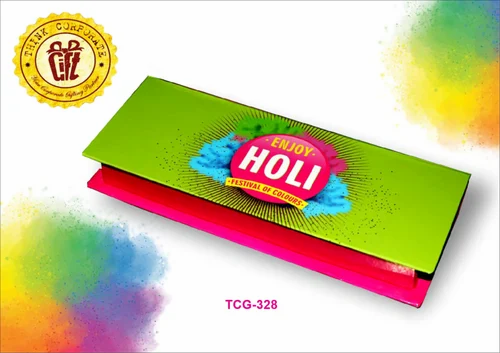Celebrating Holi: The Colourful Festival of Love and Spring

Introduction
The festival of Holi, also known as the Festival of Colours, is one of the most vibrant and significant celebrations in Indian culture. Taking place in March every year, Holi marks the arrival of spring and signifies the victory of good over evil. The importance of this festival transcends geographical boundaries as it is celebrated by people of various religions and cultures across the globe, from India to Nepal and beyond.
Historical Significance
Holi has its roots in ancient Hindu mythology, specifically the legend of Prahlad and Holika. The tale narrates how Prahlad, a devotee of Lord Vishnu, was saved from being burnt alive by his evil aunt Holika, who was ultimately consumed by the fire herself. This story represents the triumph of devotion and righteousness over tyranny and evil, which is a central theme of Holi. The festival also celebrates the divine love of Radha and Krishna, making it a time of joy, love, and reconciliation.
Modern Celebrations
In recent years, celebrations have evolved with a blend of tradition and modernity. Holi is now celebrated not only in India but across the world, reflecting its universal message of love and unity. Major cities such as London, New York, and Sydney hold public events where people come together to participate in throwing coloured powders, dancing, and sharing festive foods. Social media platforms buzz with images and videos capturing the joyous moments of Holi, making it a global phenomenon.
Cultural Variations
Though Holi is predominantly a Hindu festival, it is celebrated by people of various cultures and backgrounds. In some regions, it is marked with traditional folk songs and dances, while others focus on culinary delights, such as gujiya (a sweet dumpling) and thandai (a spiced milk drink). This diversity in celebration styles adds depth to the festival and showcases the rich cultural tapestry of communities worldwide.
Conclusion
As Holi approaches this year, communities are gearing up to celebrate with enthusiasm and love. The festival’s core message of fostering harmony, joy, and togetherness remains as relevant as ever, especially in today’s world, where division seems prevalent. As we embrace the spirit of Holi, we are reminded of the importance of unity in diversity and the beauty of shared experiences. Whether through family gatherings or public festivities, the vibrant celebrations of Holi will undoubtedly leave a lasting impression on all participants. With continued global recognition and participation, Holi stands as a symbol of hope and renewal, inviting everyone to join in the celebration of life, love, and colour.







